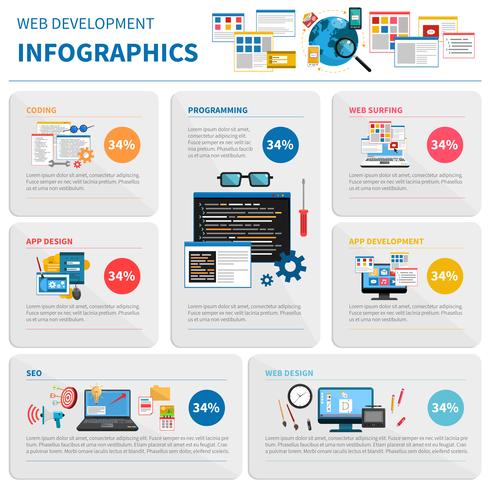Website Layout Basics: Tips For Structure A User-Friendly Website
Website Layout Basics: Tips For Structure A User-Friendly Website
Blog Article
Material Writer-McKnight Devine
When it comes to internet site style, guaranteeing user-friendliness is essential. From responsive layout to streamlined navigation, every element plays a critical duty in producing a site that deals with your target market's requirements. But what concerning the better details that can make or break a user's browsing experience? Stay tuned as we reveal some often-overlooked ideas that can elevate your web site's use to the following degree, making it really stick out in the electronic landscape.
Value of Responsive Layout
Responsive layout is a crucial facet of contemporary web site advancement. Ensuring your internet site is responsive ways that it can adapt to different display dimensions and gadgets, giving a smooth experience for customers.
With the enhancing use of mobile phones and tablets to access the net, having a receptive design is important for reaching a bigger target market. It aids in enhancing individual experience by making your internet site easy to browse and continue reading any gadget.
Additionally, responsive mobile design can positively influence your internet search engine positions, as internet search engine like Google prioritize mobile-friendly internet sites. By having a receptive layout, you're likewise future-proofing your site, as brand-new devices with varying screen sizes continue to arise.
Simplify Navigating Structure
To improve customer experience and assist in very easy access to info on your website, improving the navigation framework is critical. When creating your website, focus on producing a clear and instinctive navigation food selection that assists site visitors locate what they're searching for promptly.
Restriction the variety of menu items to the essentials, grouping related web pages together to stay clear of frustrating customers. Use please click the next post that plainly suggest the web content of each page, making it much easier for individuals to understand where each web link will take them.
Take into consideration carrying out dropdown menus for subcategories to stop cluttering the primary navigation bar. Additionally, consist of a search bar plainly on the page for individuals who prefer searching for particular info.
Prioritize mobile responsiveness in your navigating design to make certain simple access on all devices.
Maximize Page Lots Rate
Improving page tons rate is crucial for keeping site visitors on your site. Slow-loading web pages irritate customers and can lead to high bounce rates. To optimize page tons speed, start by optimizing images. Compress images without endangering top quality to decrease their data sizes.
In addition, make it possible for browser caching to save frequently accessed sources locally, quickening tons times for returning visitors. Minify CSS, JavaScript, and HTML data by eliminating unnecessary personalities, comments, and formatting, enhancing load rate.
Consider utilizing a content distribution network (CDN) to disperse your website's material throughout several web servers worldwide, decreasing latency for individuals accessing your site from various places. Finally, restrict making use of third-party scripts and plugins, as they can significantly impact load times.
seo search optimisation , by integrating responsive style, simplifying navigation, and enhancing page load rate, you can produce an user-friendly site that attract a wider audience and enhances customer experience. These essential elements make certain that site visitors can conveniently accessibility and browse your website across various tools, bring about increased involvement and satisfaction. By focusing on these key aspects, you can build an effective internet site that maintains users coming back for more.
